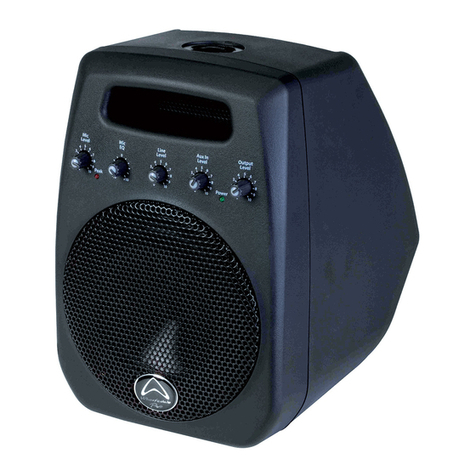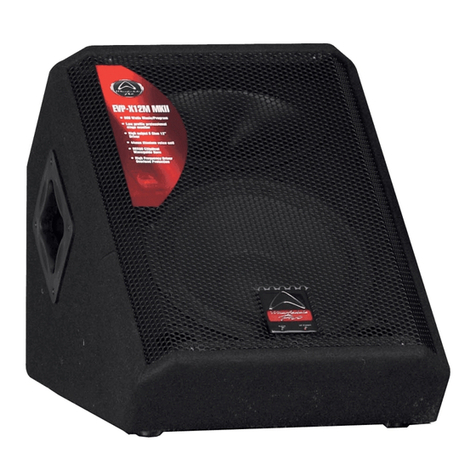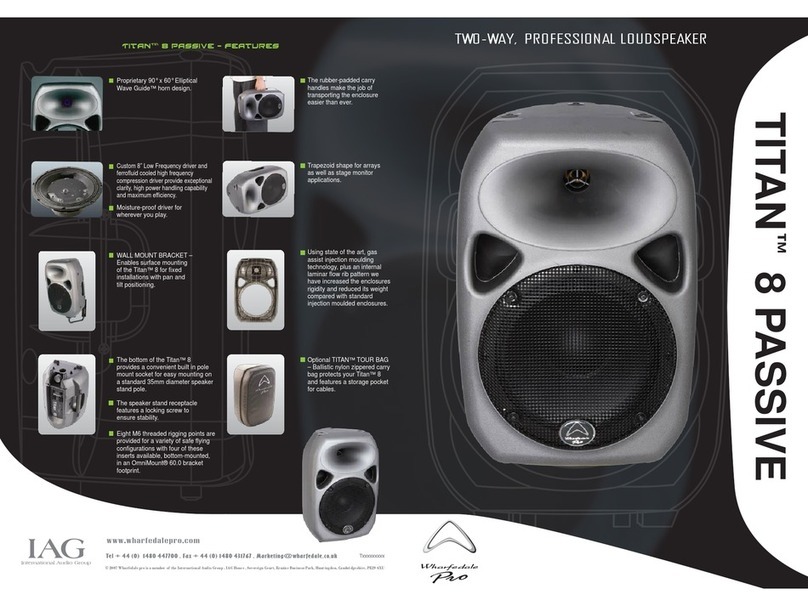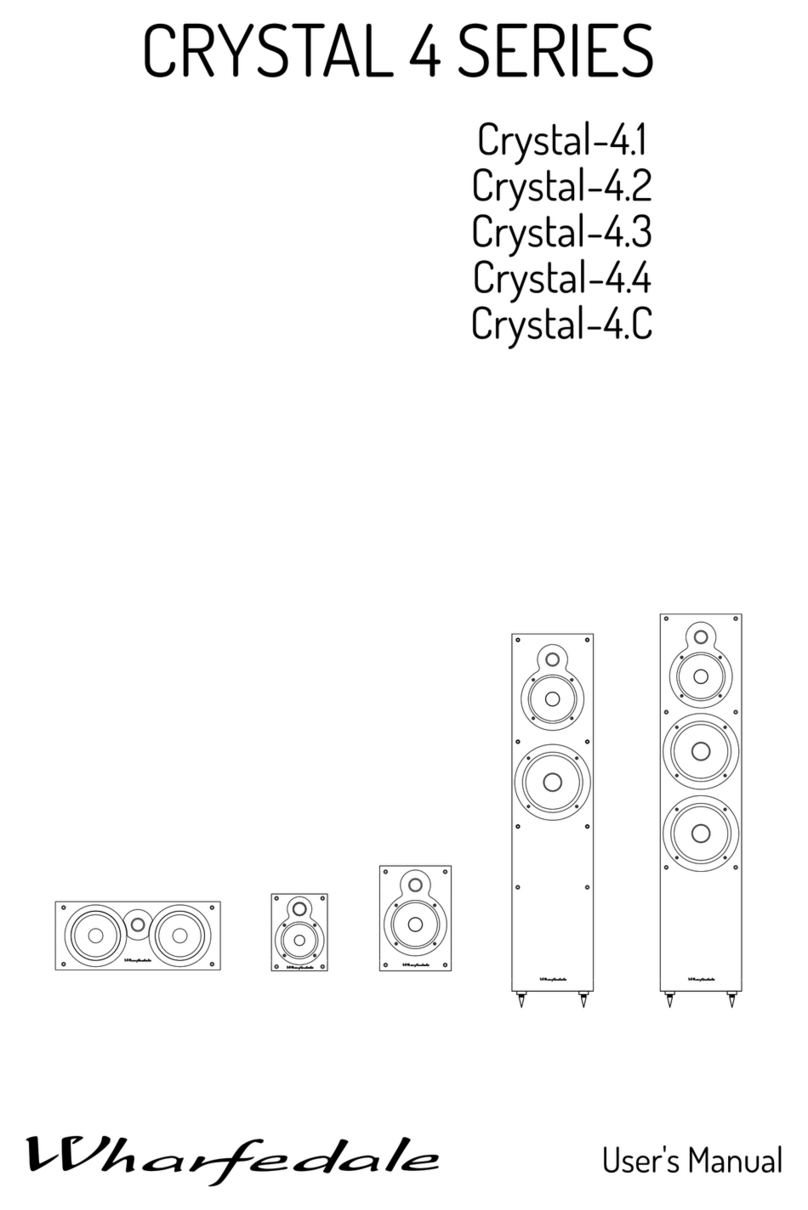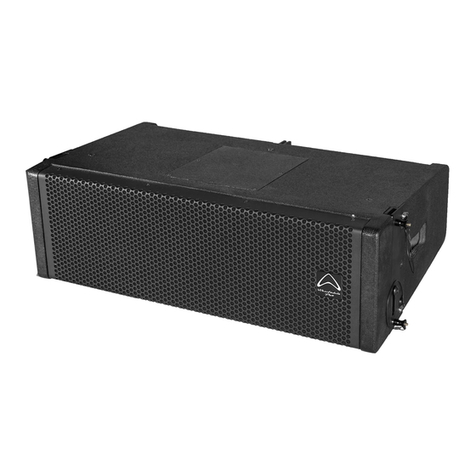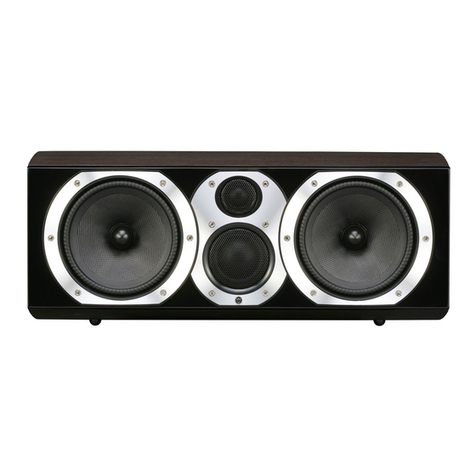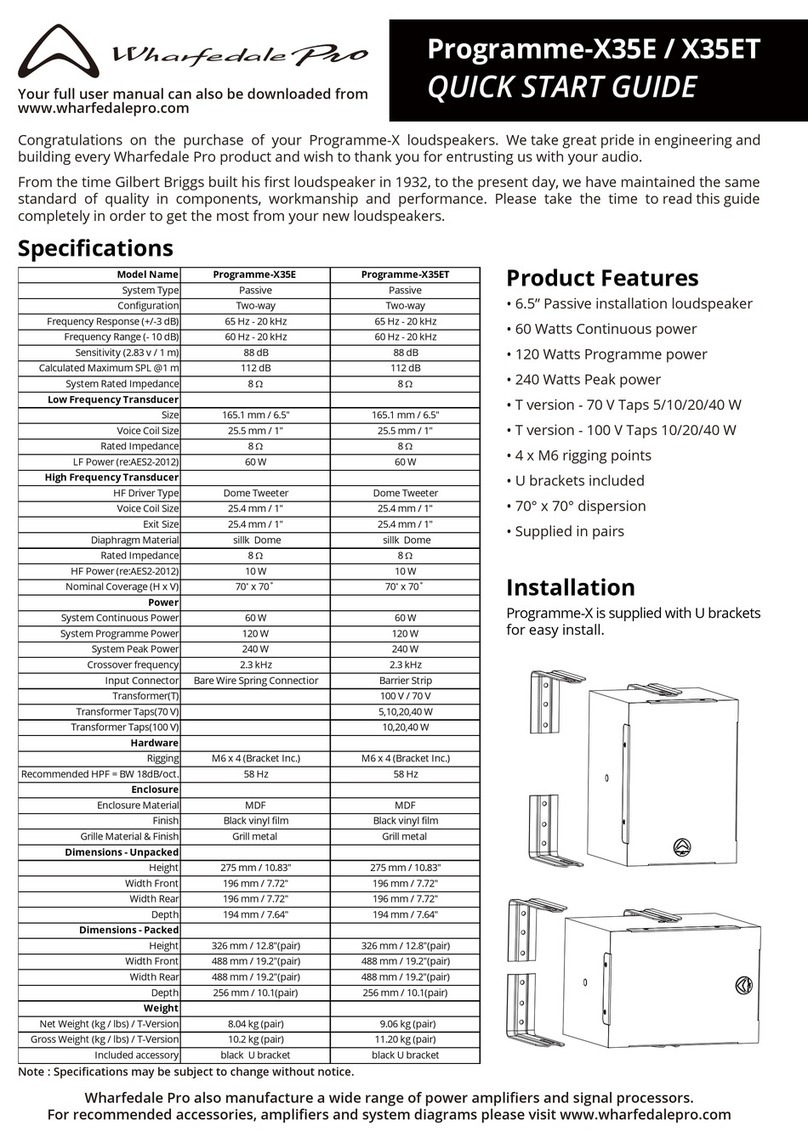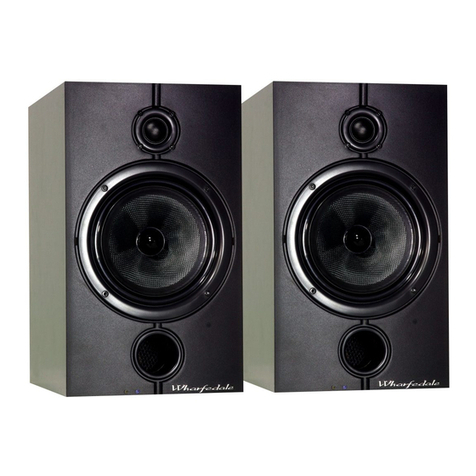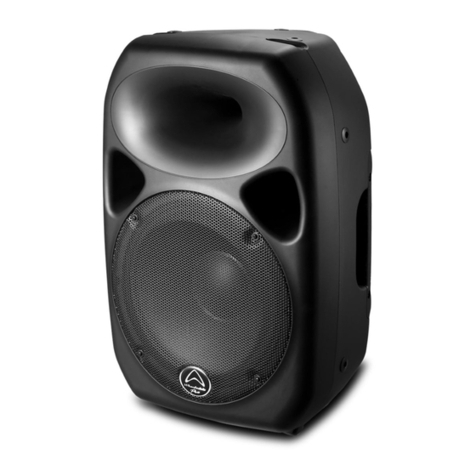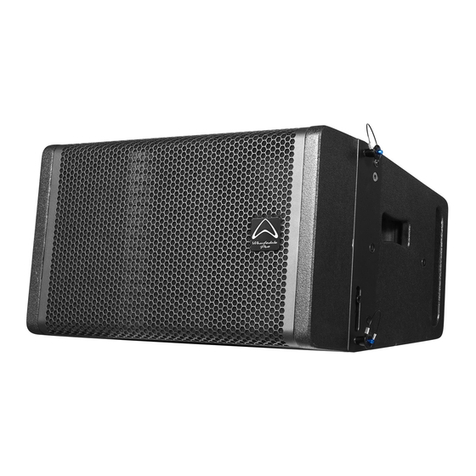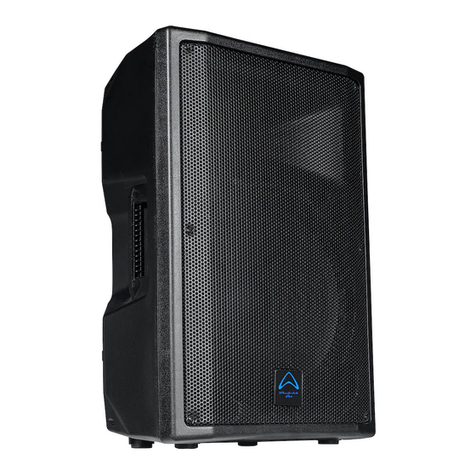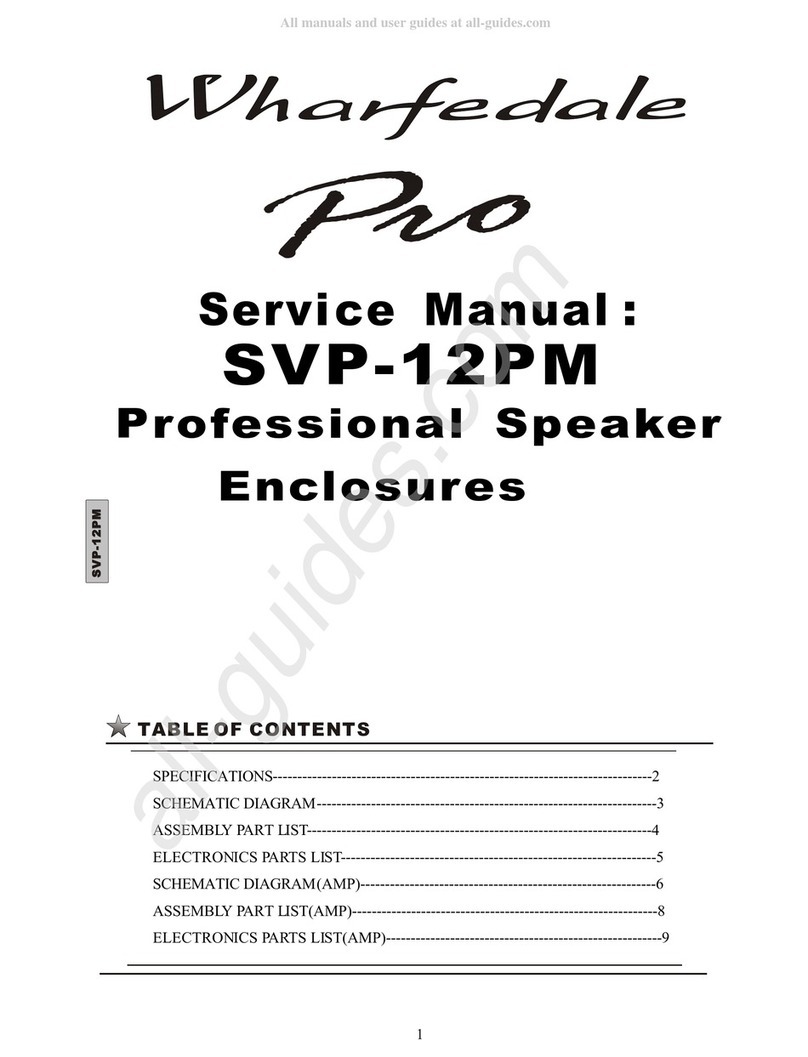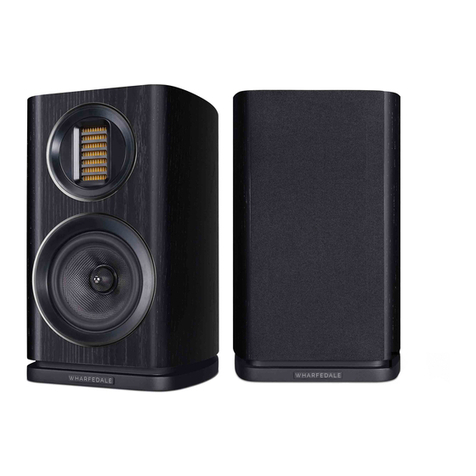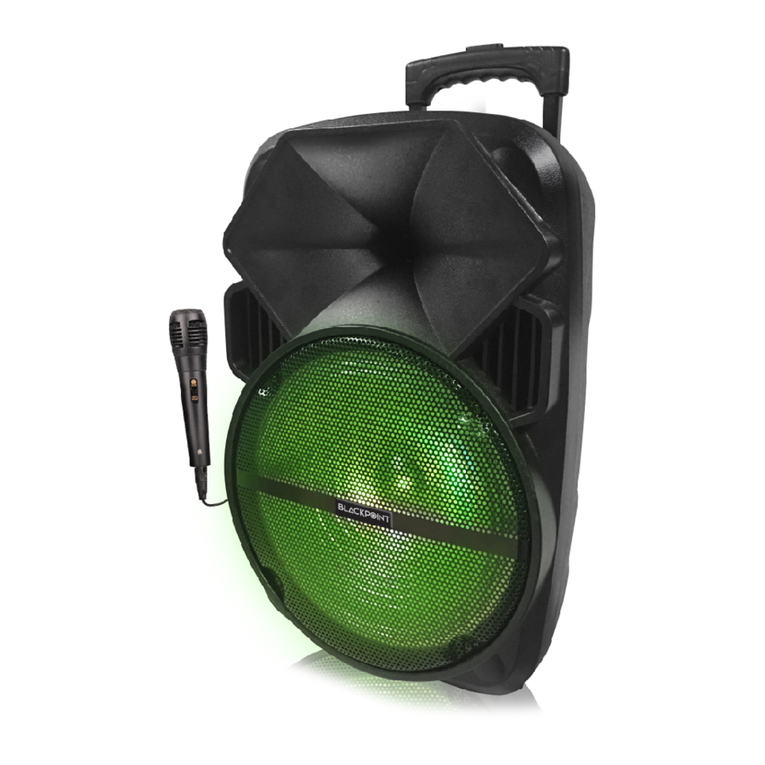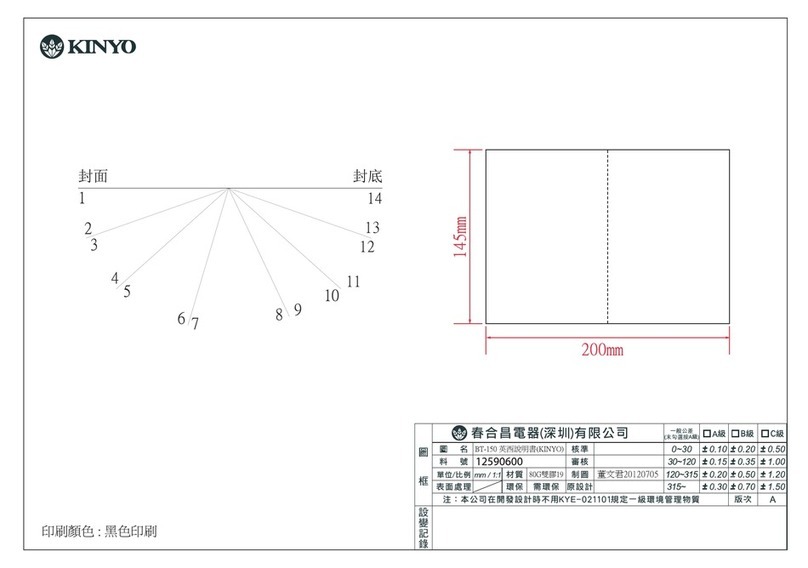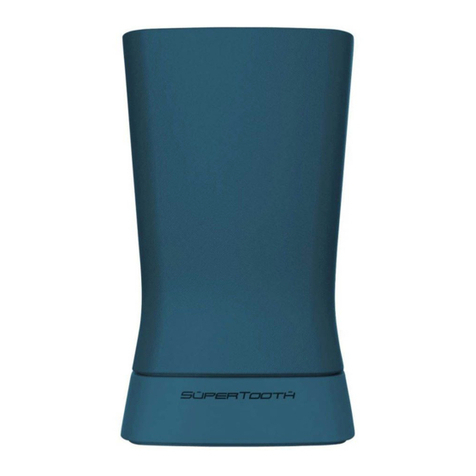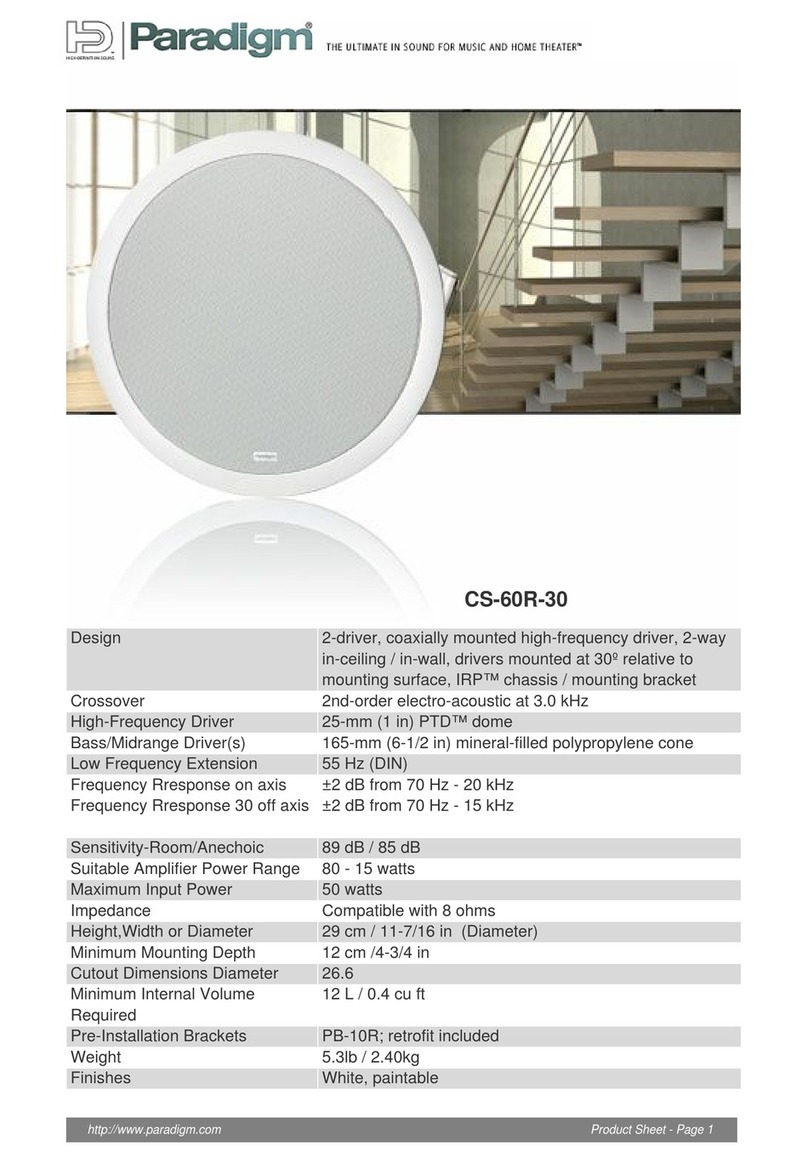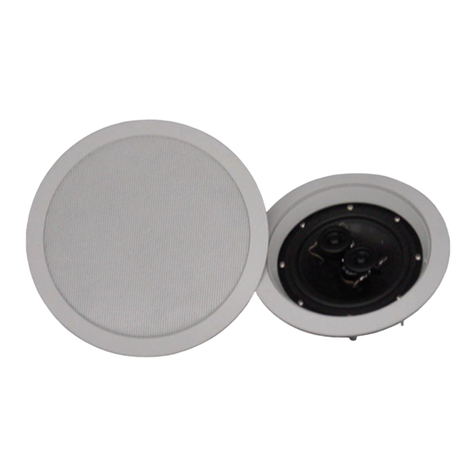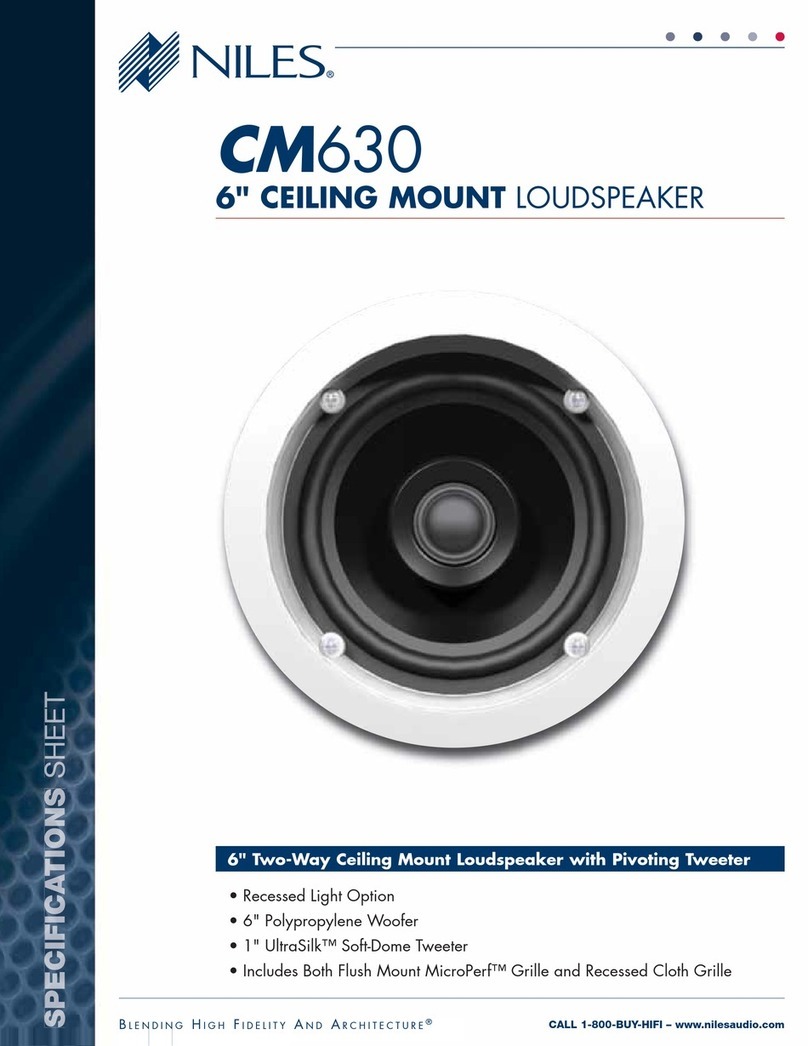
Home Theatre Topic
Setting
Loudspeaker
Sizes
and
Levels
Most digital A/V Processors require
you
to specify the size of
speakers
in all channels.
There
are
usually
'large'
or
'small'.
Always
set the
REVA-1 to
'small'.
Depending
on
the size
and
capacity of
your
subwoofer
you
may
set
the REVA-2 to
'small'
or
'large'
.As the
Surround
channels will
most
likely be
REVA-lloudspeakers,
set
these to
'small'
as well.
IF
YOU ARE USING A SUBWOOFER
For the REVA-1
and
REVA-2
when
used as Front Speakers: Set these to 'small'. The
subwoofer
will
now
receive all the system bass signals.
For the REVA-3,
and
REVA-4: Set these to 'large'. The subwoofer
then
will
reproduce
only the
LFE
and
bass signals from the effects channels.
The REVA-2
may
be
set to either 'large' or small
depending
on
personel preference
and
the
capacity of the subwoofer.
If
you
are
not
using
a
subwoofer
: Set the front
speakers
to 'large'. Set the subwoofer option
on
the processor to 'Off' or
'No'.
The front
channels will
now
receive all the system bass.
Setting
Loudspeaker
Levels
Once the
loudspeaker
settings have
been
finalised,
put
the
AV
amplifier into its "test"
mode
(see instructions
supplied
with
your
processor).
Adjust the level of each channel
in
turn
until all channels are
reproduced
at equal loudness.
On
some
programme
material the
surround
channel
may
seem lower
than
the front. Do
not
readjust this level. You may, however,
need
to
adjust the subwoofer
output
level.
Avoid setting too
high
a level
or
you will
swamp
the
sound
with
bass. This can be tiring to listen to,
and
may
limit the subwoofer's ability to
!respond
to large bass transients.You
should
also set a sensible level going into the
subwoofer
from the
AV
processor.
Delay
Settings
Many
AV
processors feature delay settings. The
purpose
of delay is to enable
surround
and
dialogue information to arrive at the listener's ears
at
the
same
time as the front channels, even
when
the listening seat is in a non-ideal position.
On
some processors,this can
be
achieved
by
setting
the distance from the listening position to each
speaker
in turn,
but
other
systems allow only a time delay setting.
Rear Delay:
If
the listening position is equidistant from the front
and
rear speakers, a low delay setting
should
be set. The closer the listener is
to the rear
speakers
the
higher
the delay setting
used
should
be.
Centre Delay:
If
the centre
speaker
is level
with
(or slightly behind) the front speakers, set the delay to zero.
If
the centre speaker is forward of
the front speakers, increase the delay.
LFE
In the cinema the low frequency effects channel is
an
extra bass channel
with
its
own
subwoofer
and
not
a regular subwoofer channel.
In domestic systems the
LFE
channel typically feeds
into
the subwoofer.
Where
no
subwoofer is used, the
LFE
signal is combined
with
front
channel information
and
sent
to the front speakers.
When
you set the
LFE
level
at
your
AV processor,
use
care as the powerful low frequencies
can overload domestic loudspeakers.
If
you
hear
popping
or
thumping
noises coming from the front
loudspeakers
or subwoofer, immediately
turn
the AV Processor's
volume
level
down
and
then
lower
the
LFE
level. This
should
cure the problem.
If
it does not, lower the
volume
level at the subwoofer (if you are
using
one)
until the
problem
disappears.Please read the relevant sections of
your
A
V
ampl
ifi
er
manual
and
familiarise yourself with the various issues.
If
you are unsure, consult
your
dealer for help.
Phase
A
home
theatre system
should
have a precise front stage, a diffuse rear stage
and
good localisation of dialogue.
If
the colours
on
the
loudspeaker
terminals
do
not
correspond
with those on the amplifier, the
sound
will
appear
poorly focussed
or
'Out
of phase'. For this reason it is essential
that the speakers are connected accordingly to the
wiring
diagrams
in this manual.
5













